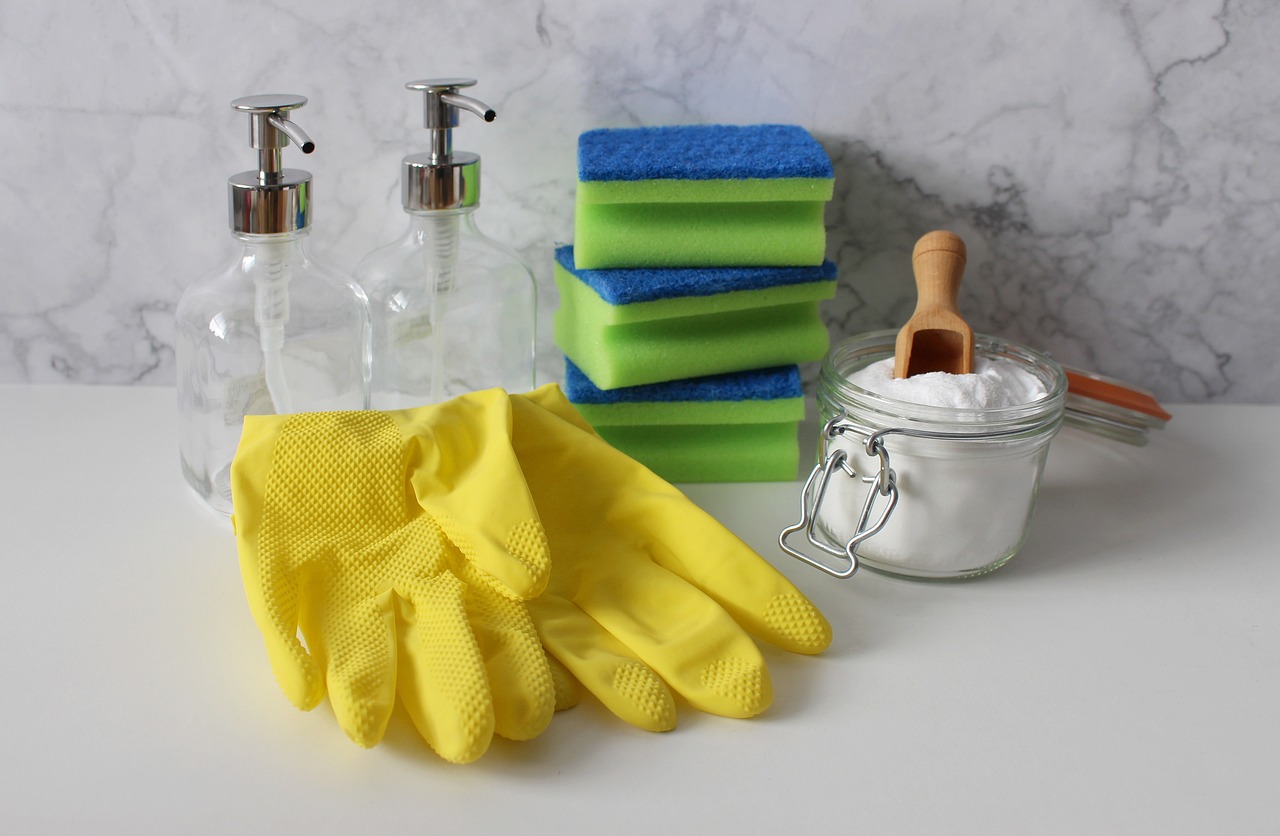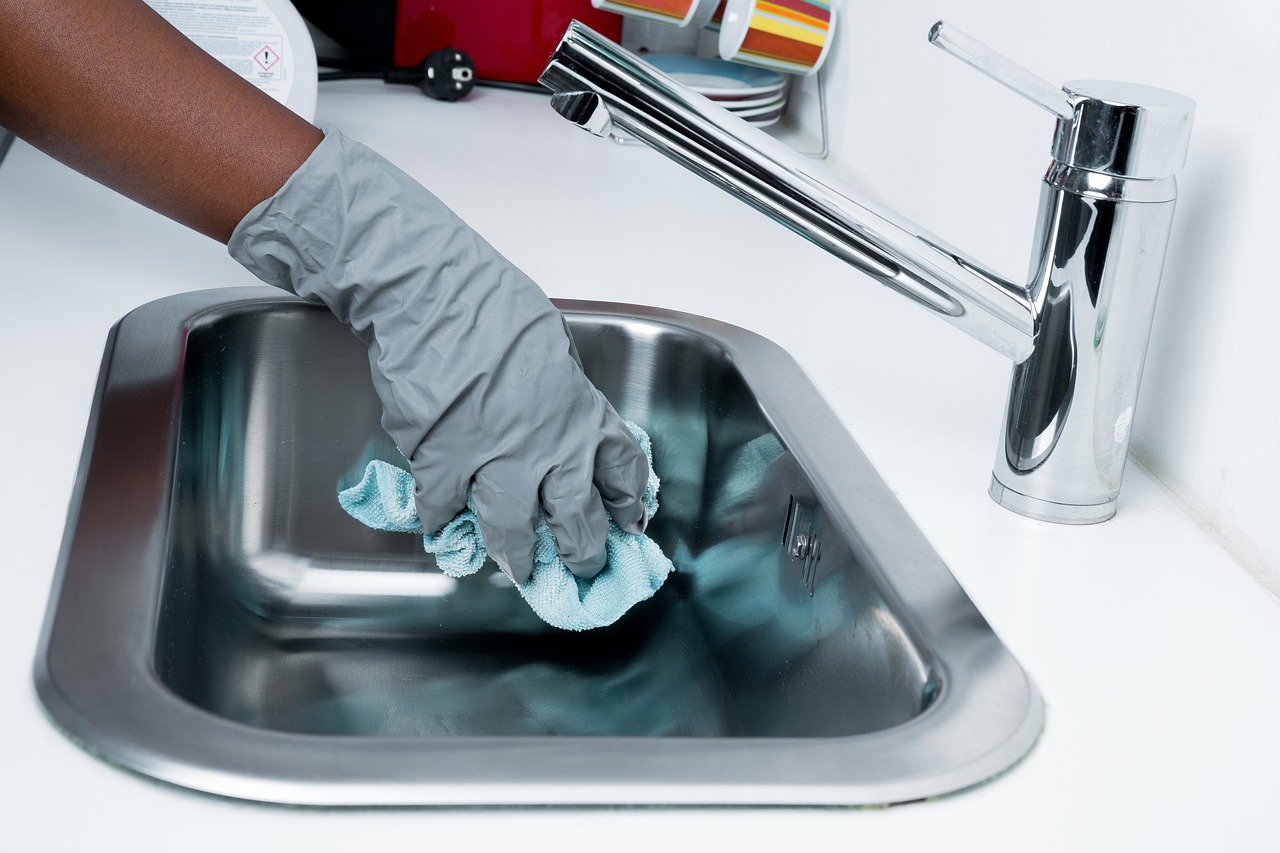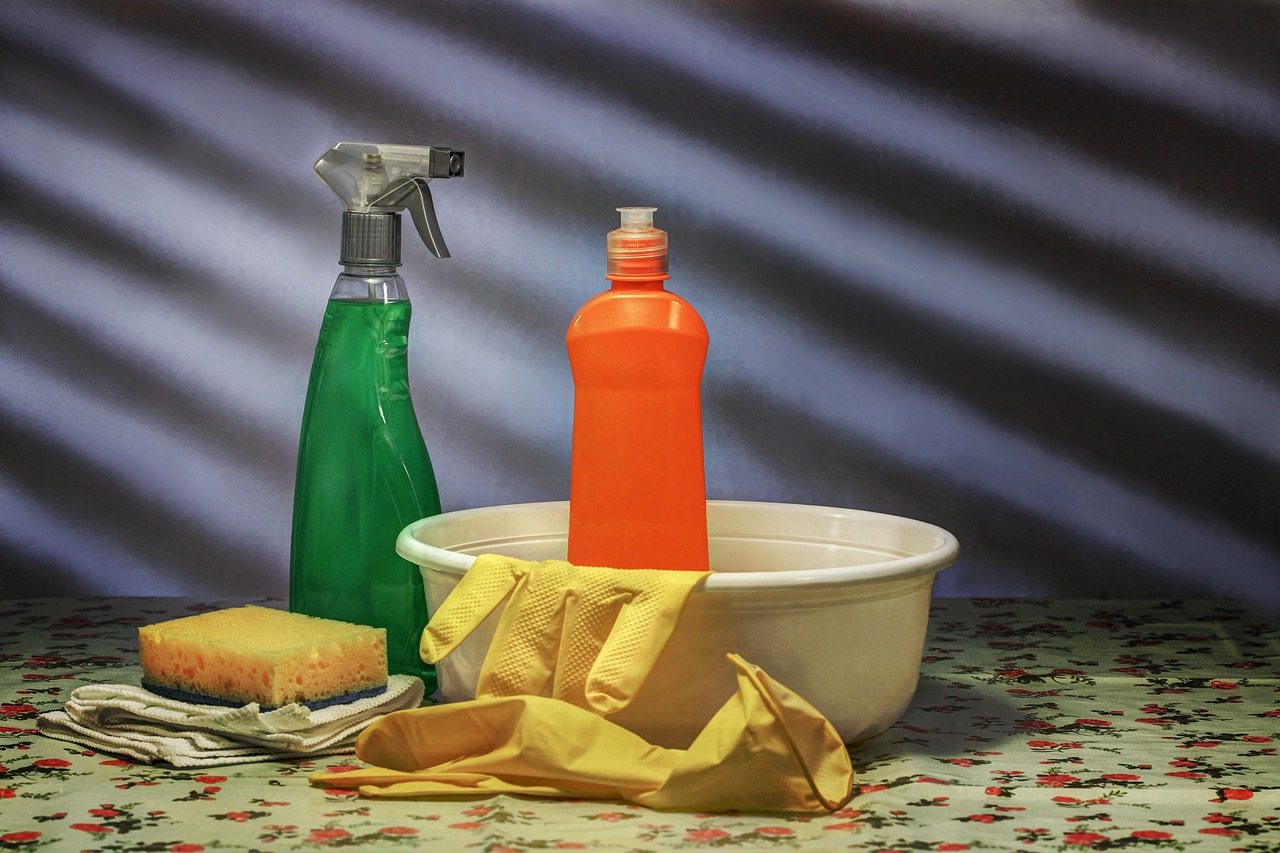The surge in environmental consciousness has propelled eco-friendly cleaning products into the spotlight, prompting consumers to question not only their effectiveness but also their impact on our planet. As households increasingly prioritize sustainability, the demand for green cleaning solutions has skyrocketed, challenging traditional notions of what it means to have a truly clean home. This shift reflects a growing awareness of the potential harm conventional cleaning products can inflict on both human health and the environment.
What Makes a Cleaning Product Eco-Friendly?
To understand the effectiveness of eco-friendly cleaning products, we must first define what qualifies a product as “eco-friendly.” These products are characterized by their use of plant-based ingredients, biodegradable formulas, and sustainable packaging. Unlike their conventional counterparts, eco-friendly cleaners are designed to minimize environmental impact throughout their lifecycle – from production to disposal.
Certifications play a crucial role in helping consumers identify genuine eco-friendly products. The Environmental Protection Agency’s Safer Choice label, for instance, ensures that a product meets rigorous environmental and health standards.
Key eco-friendly certifications include:
- EPA Safer Choice
- USDA Certified Biobased Product
- Green Seal
- EcoLogo
- MADE SAFE
- Leaping Bunny (for cruelty-free products)
Key Ingredients in Eco-Friendly Cleaning Products
The effectiveness of eco-friendly cleaners largely depends on their ingredients. Many harness the power of natural substances that have been used for generations, combined with modern plant-based innovations.
| Eco-Friendly Ingredient | Conventional Chemical Equivalent | Cleaning Properties |
|---|---|---|
| Vinegar | Chlorine bleach | Disinfectant, deodorizer |
| Baking soda | Abrasive powders | Gentle abrasive, odor neutralizer |
| Lemon juice | Chemical degreasers | Natural degreaser, antibacterial |
| Essential oils | Synthetic fragrances | Antimicrobial, pleasant scent |
| Enzymes | Chemical surfactants | Break down organic matter |
| Plant-based surfactants | Petroleum-based surfactants | Reduce surface tension for cleaning |
These natural ingredients often provide comparable cleaning power without the harsh environmental impact of conventional chemicals.
Packaging and Sustainability
Eco-friendly cleaning brands are revolutionizing packaging to reduce waste and environmental impact. Innovative approaches include:
- Recyclable containers made from post-consumer recycled plastic
- Refillable bottles to minimize plastic consumption
- Concentrated formulas that require less packaging
- Biodegradable or compostable packaging materials
- Zero-waste options like cleaning tablets or powders
Brands like Method and Blueland have gained popularity for their commitment to sustainable packaging, offering refill options and using recycled materials in their containers.
Do Eco-Friendly Cleaning Products Really Work?

The effectiveness of eco-friendly cleaning products has been a subject of debate and scrutiny. While some consumers remain skeptical, numerous studies and expert reviews suggest that many eco-friendly options perform on par with, or even better than, conventional cleaners in various applications.
Performance in Different Cleaning Scenarios
To assess the efficacy of eco-friendly products, it’s essential to consider their performance across various household cleaning tasks.
| Cleaning Scenario | Top Performing Eco-Friendly Product | Performance Rating (out of 5) |
|---|---|---|
| Kitchen Degreasing | Seventh Generation All-Purpose Cleaner | 4.5 |
| Bathroom Disinfection | Method Antibac Bathroom Cleaner | 4.7 |
| Glass Cleaning | Aunt Fannie’s Glass & Window Vinegar Wash | 4.3 |
| Laundry | Ecover Zero Laundry Detergent | 4.6 |
| Floor Cleaning | Dr. Bronner’s Sal Suds Biodegradable Cleaner | 4.8 |
These ratings are based on consumer reports and independent testing, demonstrating that eco-friendly products can indeed deliver effective cleaning results across various household needs.
Common Misconceptions
Several myths persist about eco-friendly cleaning products, often deterring consumers from making the switch. Let’s address some of these misconceptions:
- Myth: Eco-friendly products are not as strong as conventional cleaners. Reality: Many eco-friendly formulas are highly concentrated and equally effective when used correctly.
- Myth: Green cleaning products are significantly more expensive. Reality: While some premium brands may cost more, many eco-friendly options are competitively priced, especially when considering long-term health and environmental benefits.
- Myth: Natural ingredients can’t properly disinfect surfaces. Reality: Many plant-based ingredients have natural antimicrobial properties, and some eco-friendly products are EPA-registered disinfectants.
- Myth: Eco-friendly products don’t work on tough stains. Reality: Many green products contain enzymes and plant-based surfactants that are highly effective at breaking down stubborn stains.
- Myth: All products labeled “natural” or “green” are eco-friendly. Reality: Look for certified products to ensure genuine eco-friendly claims, as some brands may engage in “greenwashing.”
Health and Environmental Benefits
The advantages of using eco-friendly cleaning products extend far beyond their cleaning efficacy, offering significant benefits for both personal health and the environment.
Long-Term Benefits for Households
Switching to eco-friendly cleaning products can lead to several health improvements:
- Reduced respiratory irritation: Fewer volatile organic compounds (VOCs) mean cleaner indoor air quality.
- Lower risk of skin irritation: Natural ingredients are often gentler on sensitive skin.
- Decreased chemical exposure: Minimizes contact with potentially harmful substances.
- Safer for children and pets: Less toxic if accidentally ingested.
- Improved overall air quality: Fewer harsh chemicals released into the home environment.
A case study published in the Environmental Health Perspectives journal found that households using eco-friendly cleaning products reported a 40% reduction in respiratory symptoms over a six-month period compared to those using conventional cleaners.
Environmental Impact and Sustainability
The environmental benefits of eco-friendly cleaning products are substantial:
| Aspect | Conventional Products | Eco-Friendly Products |
|---|---|---|
| Water Pollution | High levels of phosphates and chemicals | Minimal chemical runoff |
| Air Quality | Release of VOCs | Lower VOC emissions |
| Biodegradability | Often non-biodegradable | Biodegradable formulas |
| Packaging Waste | Typically single-use plastics | Often recyclable or refillable |
| Resource Consumption | Petroleum-based ingredients | Renewable, plant-based sources |
By choosing eco-friendly products, consumers contribute to reduced water pollution, improved air quality, and decreased plastic waste.
How to Choose the Right Eco-Friendly Cleaning Products

Selecting effective eco-friendly cleaning products requires careful consideration of several factors.
Reading Labels and Certifications
To identify genuine eco-friendly products:
- Look for transparent ingredient lists
- Check for recognized eco-certifications
- Avoid products with vague terms like “natural” without substantiation
- Research company sustainability practices
Trusted eco-certifications to look for:
- EPA Safer Choice
- USDA Certified Biobased Product
- Green Seal
- EcoLogo
- Cradle to Cradle Certified
DIY Alternatives vs. Store-Bought Options
| Aspect | DIY Solutions | Store-Bought Eco-Products |
|---|---|---|
| Cost | Generally more affordable | Higher upfront cost, but often concentrated |
| Effectiveness | Variable, may require more effort | Consistently formulated for effectiveness |
| Convenience | Requires time and ingredients | Ready to use, saves time |
| Customization | Fully customizable | Limited to available products |
| Safety | Control over ingredients | Professionally tested for safety |
DIY solutions can be excellent for basic cleaning tasks and offer complete control over ingredients. However, store-bought eco-friendly products often provide more consistent results and may be more suitable for tougher cleaning challenges.
Conclusion
The effectiveness of eco-friendly cleaning products has come a long way, with many options now rivaling or surpassing conventional cleaners in performance. While not all green products are created equal, those with reputable certifications and thoughtfully formulated ingredients can offer powerful cleaning capabilities without compromising environmental or health standards.
Consumers looking to make the switch should prioritize products with transparent labeling, recognized certifications, and proven effectiveness for their specific cleaning needs. By choosing wisely, households can enjoy a clean home while contributing to a healthier planet and reducing their exposure to potentially harmful chemicals.
As the market for eco-friendly cleaning products continues to grow and innovate, we can expect even more effective and sustainable options in the future. The key lies in informed decision-making, balancing effectiveness with environmental responsibility to create cleaner, healthier living spaces for ourselves and generations to come.

